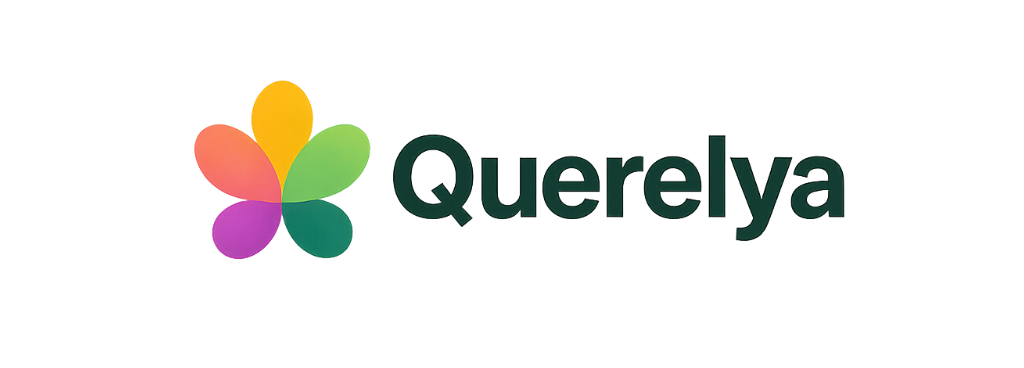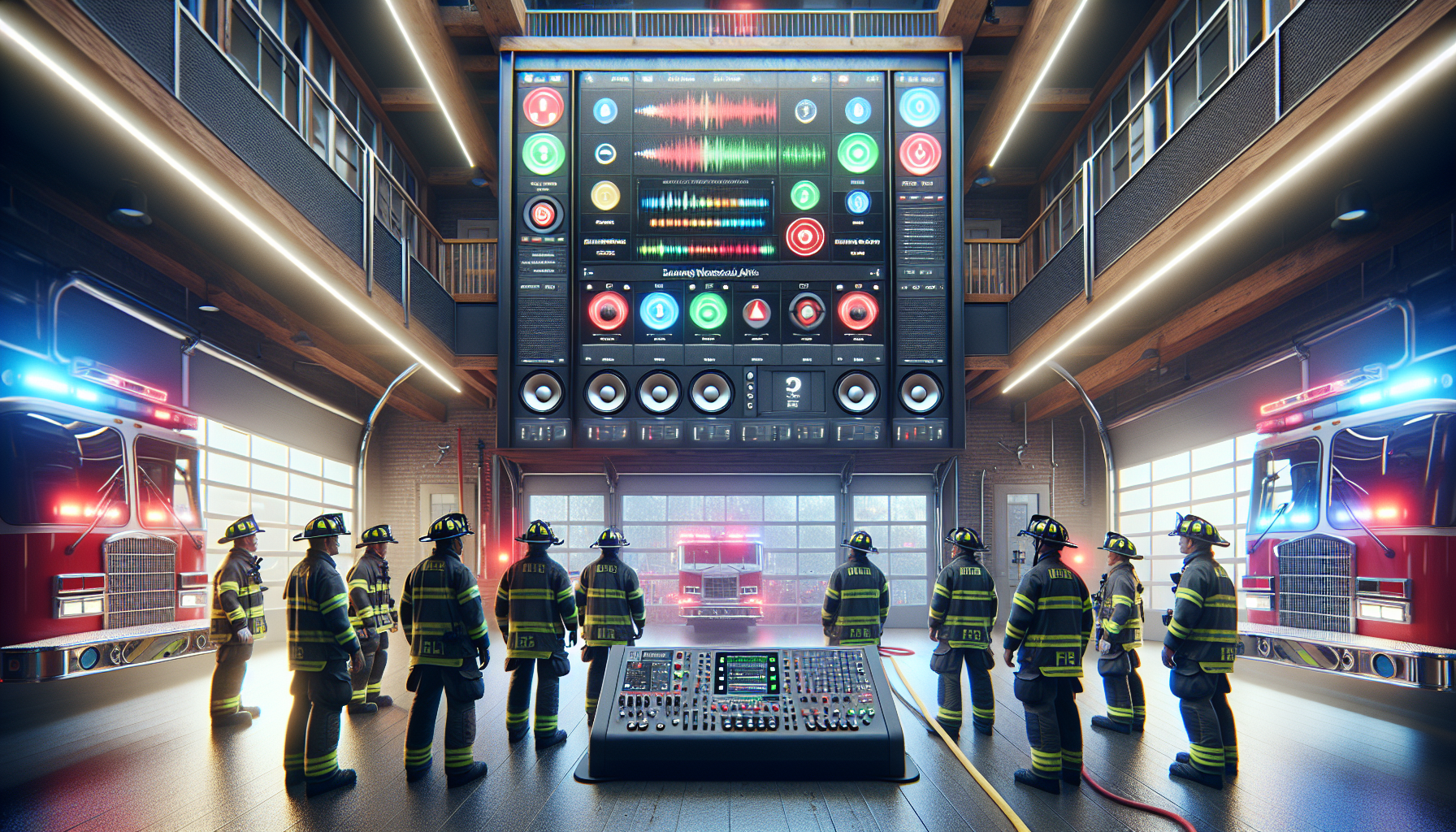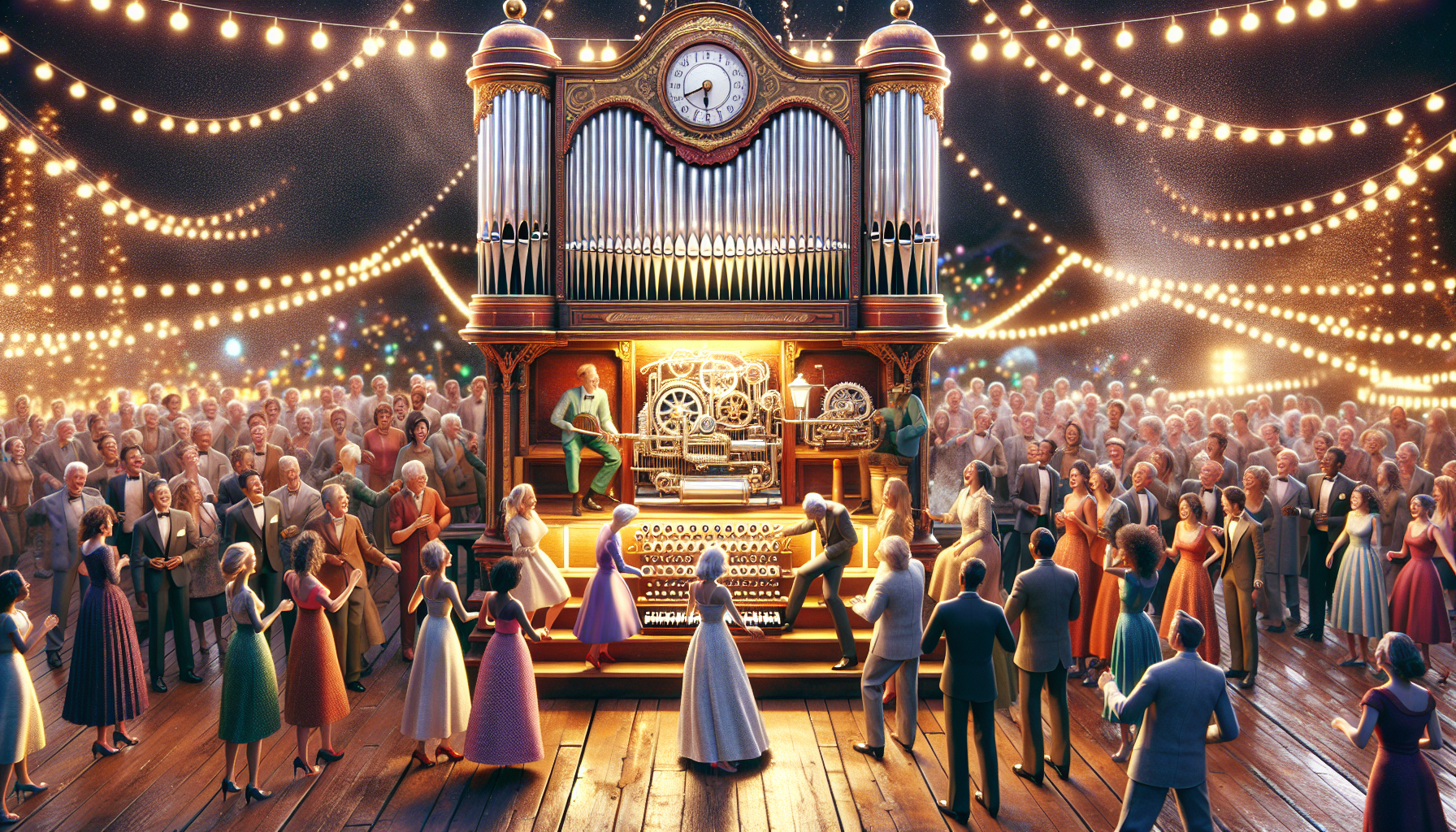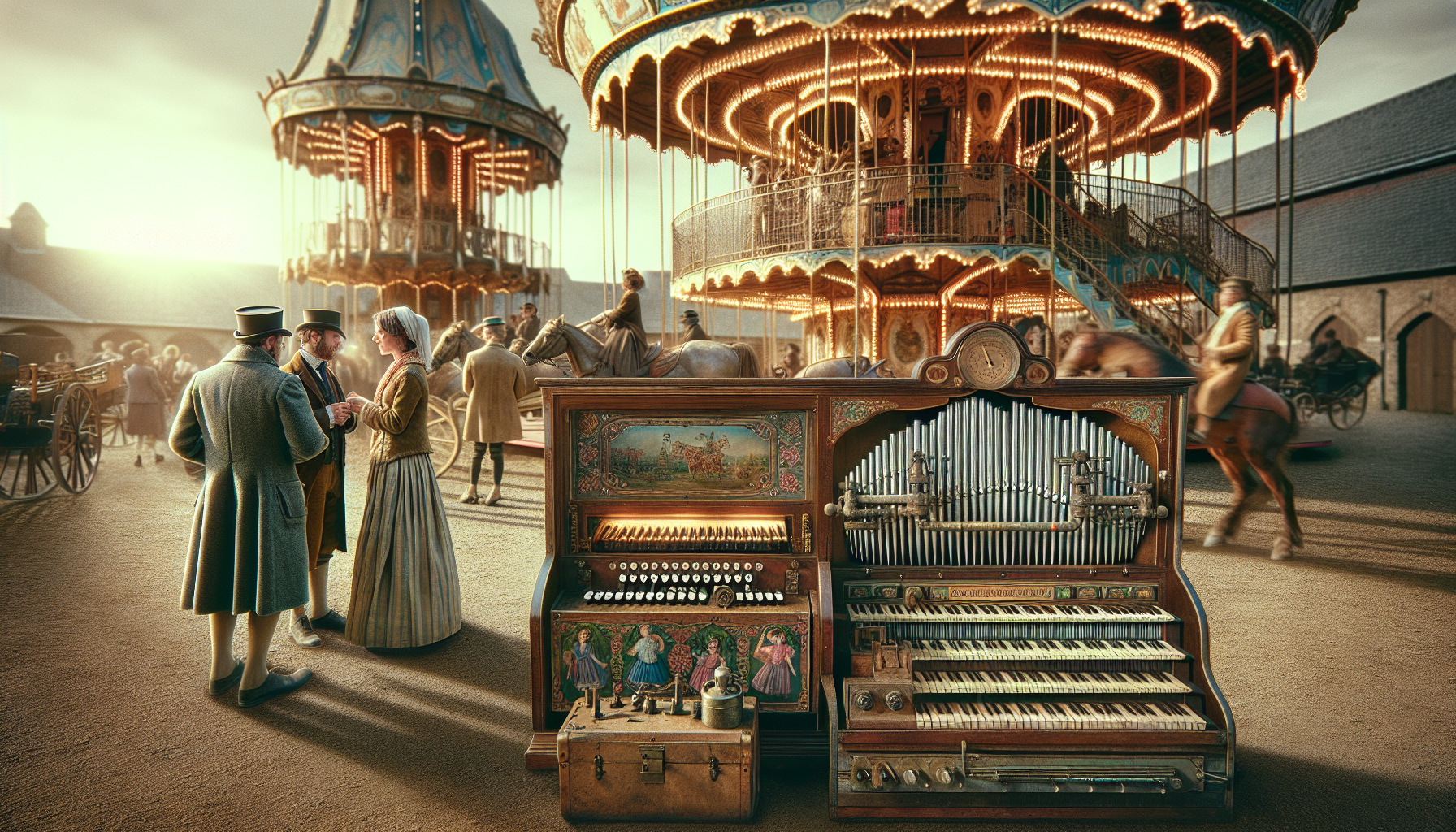In a world where sound is as omnipresent as the air we breathe, the interplay between music and noise regulation presents a fascinating tapestry of challenges and opportunities. 🎵 From the bustling streets of New York City to the serene landscapes of rural Japan, the soundscape of our environment shapes our experiences, emotions, and interactions. Yet, as melodies intertwine with the cacophony of urban life, the question arises: how do we balance the need for artistic expression with the imperative of maintaining peace and tranquility? This is the central theme of our exploration into the realm of noise regulation in music—a journey that delves into the legal frameworks, cultural nuances, and technological innovations that define this dynamic field.
At the heart of this discourse lies a complex web of regulations designed to navigate the delicate line between noise and music. Governments and local authorities around the globe grapple with setting standards that respect both the rights of musicians to create and the rights of citizens to enjoy a peaceful environment. These regulations, however, are not one-size-fits-all; they vary dramatically depending on cultural contexts, historical backgrounds, and societal values. 🌍 In this article, we will explore how different countries approach noise regulation in music, highlighting the legal intricacies and the impact of these laws on artists and communities alike. Through this lens, we will examine case studies that reveal the successes and challenges of implementing noise control measures in diverse settings.
Moreover, as technology continues to evolve at a rapid pace, it brings both solutions and dilemmas to the world of noise regulation. Innovations in soundproofing, audio technology, and urban planning offer new avenues for harmonizing music with community needs. Yet, they also raise questions about accessibility, cost, and the future of live performances. 🎤 This article will dive into the technological advancements that are shaping the future of music and noise control, offering insights into how they might bridge the gap between artistic freedom and regulatory compliance. By the end of our exploration, you will have gained a comprehensive understanding of the multifaceted relationship between sound and regulation, and the ongoing quest to create a harmonious auditory environment for all.
Understanding Noise Regulation in Music
Noise regulation in music is a fascinating intersection between art and law. It seeks to balance the creative freedoms of musicians with the societal need for peace and quiet. As music permeates daily life, from lively concerts to intimate headphone experiences, understanding the rules governing its volume and impact becomes increasingly significant.
Music, by its nature, is meant to be heard. However, in environments where different sounds converge, such as urban areas, the decibels from music can often clash with those from traffic, industrial activity, and other human endeavors. Regulations are put in place to ensure that one source does not dominate, to the detriment of others. For musicians, this means that there are specific guidelines and limits that must be adhered to during performances, recording sessions, and even in their personal practice spaces.
Regulations vary from place to place, with cities like New York and London having their own specific ordinances. For instance, New York City’s Noise Code, enacted in 2007, sets precise limits on sound levels, especially in residential areas. These laws aim to reduce noise pollution, ensuring that music is enjoyed in harmony with other urban sounds. To get a deeper understanding, let’s examine some of these regulations and their impact on the music industry. 🎵
The Role of Decibels in Noise Regulation
The decibel (dB) is a unit of measurement used to gauge the intensity of sound. In noise regulation, it’s crucial for determining acceptable levels of noise pollution. For example, the average conversation occurs at around 60 dB, while a rock concert can easily exceed 100 dB. Understanding these levels helps in setting realistic and enforceable sound limits.
In music venues, especially indoor ones, regulations might stipulate maximum decibel levels to prevent hearing damage among patrons and employees. For outdoor concerts, sound levels might be adjusted to minimize disruption to nearby residential areas. Sound engineers often use decibel meters to monitor these levels in real-time, ensuring compliance with local laws.
Moreover, technological advancements have introduced sophisticated tools to manage sound dispersion. Acoustic panels, noise-canceling systems, and innovative speaker designs all contribute to better sound management, allowing venues to stay within legal limits while still delivering an immersive musical experience.
Global Perspectives on Noise Regulation
Noise regulation is not a one-size-fits-all approach. Countries and cities worldwide have unique ways of handling noise pollution, shaped by their cultural, economic, and environmental contexts. In Europe, the Environmental Noise Directive provides a framework for assessing and managing environmental noise, including music. This directive encourages member states to create noise maps and action plans to address excessive noise levels.
In contrast, the United States takes a more localized approach. Cities have the autonomy to craft noise ordinances that reflect their specific needs. For instance, Los Angeles has strict noise regulations for the entertainment industry, reflecting its status as a global entertainment hub. This local control allows for more tailored and effective noise management strategies.
Australia presents an interesting case with its Environmental Protection (Noise) Regulations. These regulations are detailed, specifying noise limits for different types of premises and times of day. This level of detail ensures clarity for musicians and venue operators, reducing conflicts and enhancing compliance. Each approach, while varied, shares the common goal of minimizing noise pollution without stifling the vibrant world of music.
Comparative Table of Noise Regulations
| Region | Regulation Name | Decibel Limit | Notable Features |
|---|---|---|---|
| New York City | Noise Code | 70 dB (residential areas) | Focus on reducing nighttime noise |
| European Union | Environmental Noise Directive | Varies by country | Emphasis on noise mapping and action plans |
| Australia | Environmental Protection (Noise) Regulations | Varies by type of premises | Detailed regulations with clear limits |
The Impact of Noise Regulation on Musicians and Venues
For musicians and venue operators, noise regulations present both challenges and opportunities. On one hand, adhering to sound limits can be seen as a restriction on artistic expression. On the other, it encourages innovation and the development of new technologies to manage sound more effectively.
Musicians often need to adapt their performances to comply with regulations, which can affect everything from setlists to equipment choices. Venues, too, must invest in soundproofing and other noise-reduction measures. While these investments can be costly, they also enhance the listening experience, making venues more attractive to both performers and audiences.
Moreover, compliance with noise regulations can open doors to new opportunities. For instance, venues that adhere to strict sound limits may be more likely to receive licenses for late-night performances, expanding their potential audience and revenue streams. Musicians who understand and respect noise regulations can build a reputation for professionalism, attracting more gigs and collaborations.
Technological Innovations in Noise Management
Technology plays a crucial role in helping musicians and venues navigate noise regulations. Advances in acoustic engineering have led to the development of materials and designs that minimize sound leakage. These innovations include acoustic curtains, bass traps, and diffusers that help control sound reflection and absorption.
Additionally, sound reinforcement systems have become more sophisticated, allowing for precise control over sound levels and distribution. Digital soundboards and advanced monitoring systems enable sound engineers to adjust levels dynamically, ensuring compliance without compromising audio quality.
One exciting development is the use of virtual reality and augmented reality in music production and performance. These technologies offer new ways to create and experience sound, potentially reducing the need for high-volume performances. As technology continues to evolve, it promises to offer even more tools for managing noise in music. 🎧
Watch this related video for more insights: Sound Management in Music: Innovations and Challenges – TechSounds Channel
Conclusion
Concluding an exploration into the intricate world of noise regulation within the music industry presents an opportunity to reflect on the pivotal points discussed, while emphasizing the significance of this topic in today’s sound-rich environments. The journey through this article has delved into the complex relationship between sound, society, and legislation, highlighting the delicate balance required to harmonize the often conflicting interests of musicians, audiences, regulators, and communities.
At the core of this discussion is the recognition of music as a powerful cultural and emotional force, capable of transcending boundaries and enriching lives. Yet, with great power comes great responsibility. As music continues to evolve and permeate public and private spaces, the need for effective noise regulation becomes ever more pressing. The article illuminated how regulations are not merely obstacles, but essential frameworks that ensure the coexistence of vibrant musical expression and the wellbeing of individuals in various environments.
One of the primary points addressed is the diverse landscape of noise regulations across different regions and jurisdictions. This patchwork of laws often reflects the unique cultural and social fabric of each area, but also poses challenges for artists and event organizers who must navigate these regulations. From permissible decibel levels to curfews and zoning laws, understanding and complying with these rules is crucial for the sustainable growth of the music industry.
Moreover, the article emphasized the role of technology in both contributing to noise pollution and offering solutions for its mitigation. Advances in soundproofing, acoustic engineering, and digital sound management have enabled more precise control over sound levels, presenting opportunities for musicians to deliver high-quality performances without breaching legal limits. At the same time, technology also allows for more efficient monitoring and enforcement of noise regulations, creating a more harmonious relationship between music creators and the communities they engage with.
The discussion also acknowledged the challenges faced by musicians and event organizers in balancing creative expression with regulatory compliance. This includes the financial implications of implementing sound control measures and the potential impact on artistic freedom. However, by fostering open dialogue between stakeholders—musicians, regulatory bodies, and the public—there is potential for innovative solutions that respect artistic integrity while adhering to legal standards.
In reinforcing the importance of noise regulation in music, the article encourages a broader perspective that considers the environmental and social dimensions of sound. By viewing noise as a shared resource, akin to clean air or water, the music industry can lead by example in promoting sustainable practices that benefit society as a whole. This approach not only protects individuals from the adverse effects of excessive noise but also enhances the overall listening experience by promoting high-quality sound production.
As we conclude, it is essential to inspire action and engagement. Readers are encouraged to reflect on their own experiences with sound and consider how noise regulation impacts their lives. Whether you are a musician, a music lover, or someone living near a bustling venue, your voice is important in shaping the future of noise regulation. Engage in conversations, advocate for sensible policies, and support initiatives that promote a harmonious balance between sound and society.
In sharing this article, you have the power to amplify its message and broaden the dialogue on noise regulation in music. Whether through social media, community forums, or personal conversations, your participation is vital in raising awareness and fostering understanding. Let us work together to ensure that the world of music continues to thrive in a way that is respectful, inclusive, and sustainable for all.
Thank you for joining us on this exploration. As we navigate the world of noise regulation, may we find harmony not only in music but in the communities we inhabit. 🎶✨
For further reading on noise regulation in music, you may explore the following active resources:
– World Health Organization on Noise Guidelines
– International Noise Awareness Day
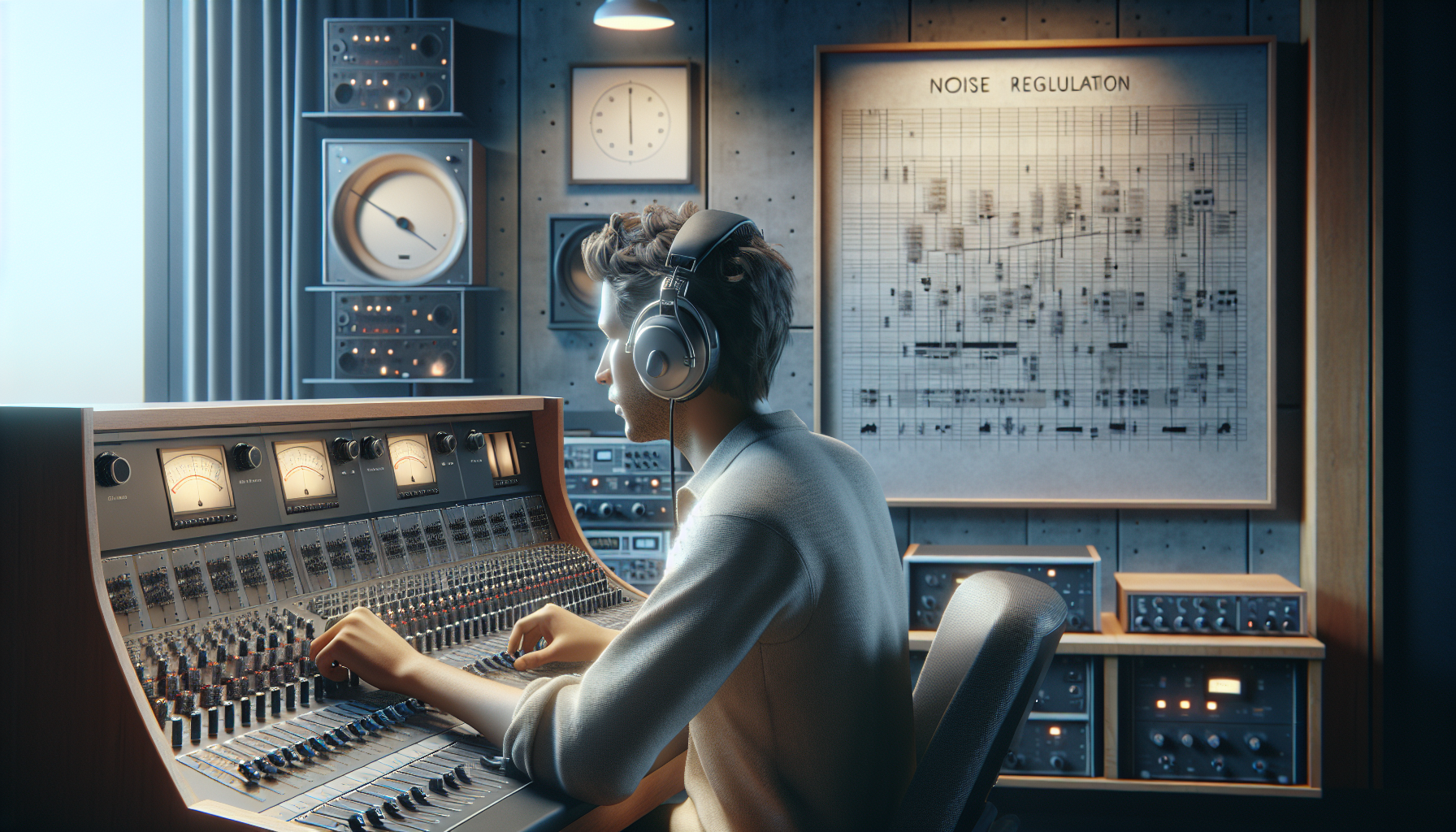
Toni Santos is a visual historian and creative artisan whose work channels the bold spirit of the steam-powered era—a time when imagination, mechanics, and ambition converged to reshape the modern world. Through richly detailed visual narratives and handcrafted design, Toni celebrates the legacy of steam innovation as both an artistic and technological revolution.
Driven by a passion for mechanical aesthetics, forgotten inventions, and industrial-age ingenuity, Toni reimagines the world of steam through illustrations, tactile artifacts, and storytelling that capture the poetry of pressure, motion, and invention. From piston-driven engines to brass-detailed diagrams, each piece reveals how steam wasn’t just power—it was promise.
With a background in visual design and historical research, Toni brings a craftsman’s eye and a dreamer’s heart to the stories of tinkerers, inventors, and visionaries who shaped the 19th century. His work doesn’t merely document machines—it honors the culture, courage, and creativity that drove a world to reimagine itself through gears, valves, and vapor.
As the creative voice behind Vizovex, Toni shares curated articles, reconstructed blueprints, and visual interpretations that bring this industrial past to life. His collections serve as a tribute to:
The elegance of steam-era design and innovation
The human stories behind great mechanical feats
The aesthetic beauty found in function and form
The echo of invention in today’s creative world
Whether you’re a history lover, a fan of steampunk, or an admirer of antique technology, Toni welcomes you into a world where art and machinery fuse, one cog, one drawing, one rediscovered marvel at a time.
